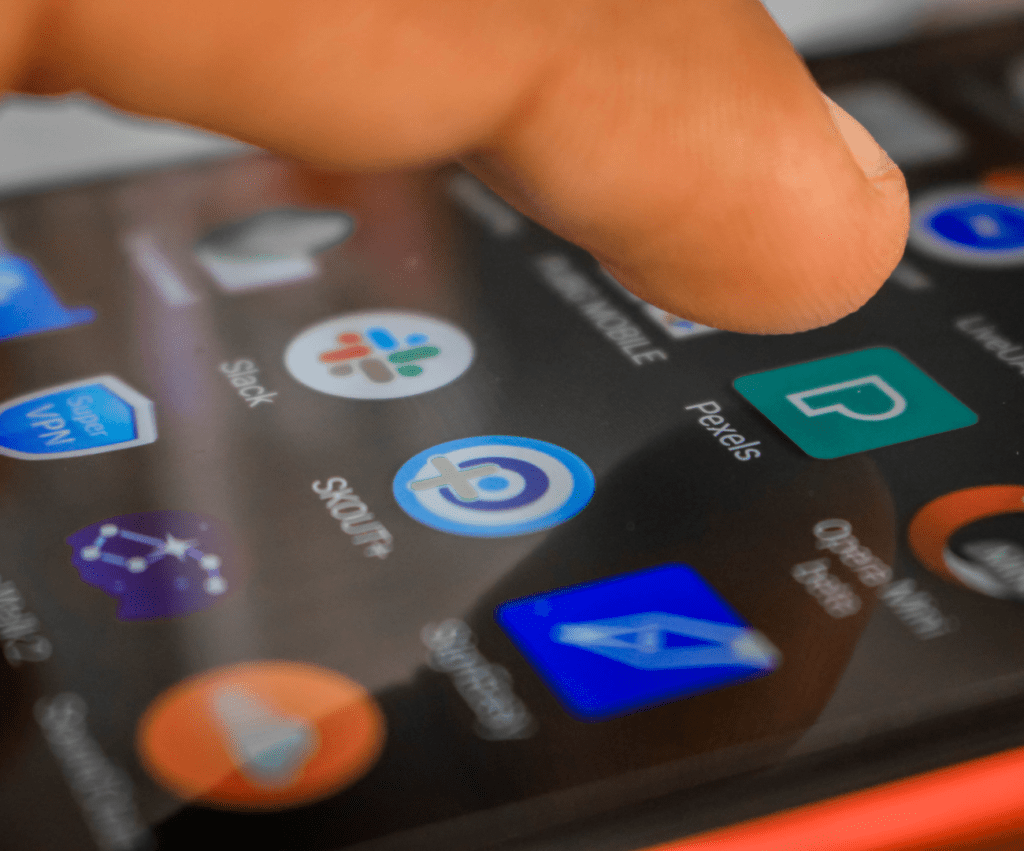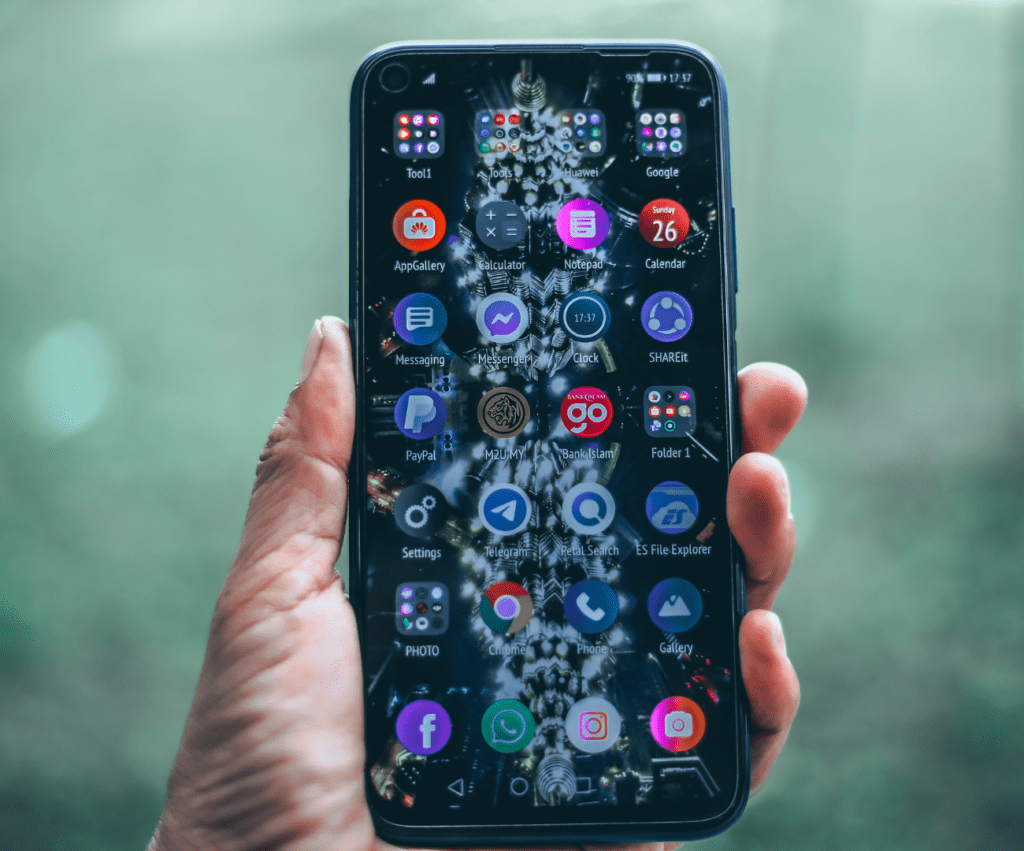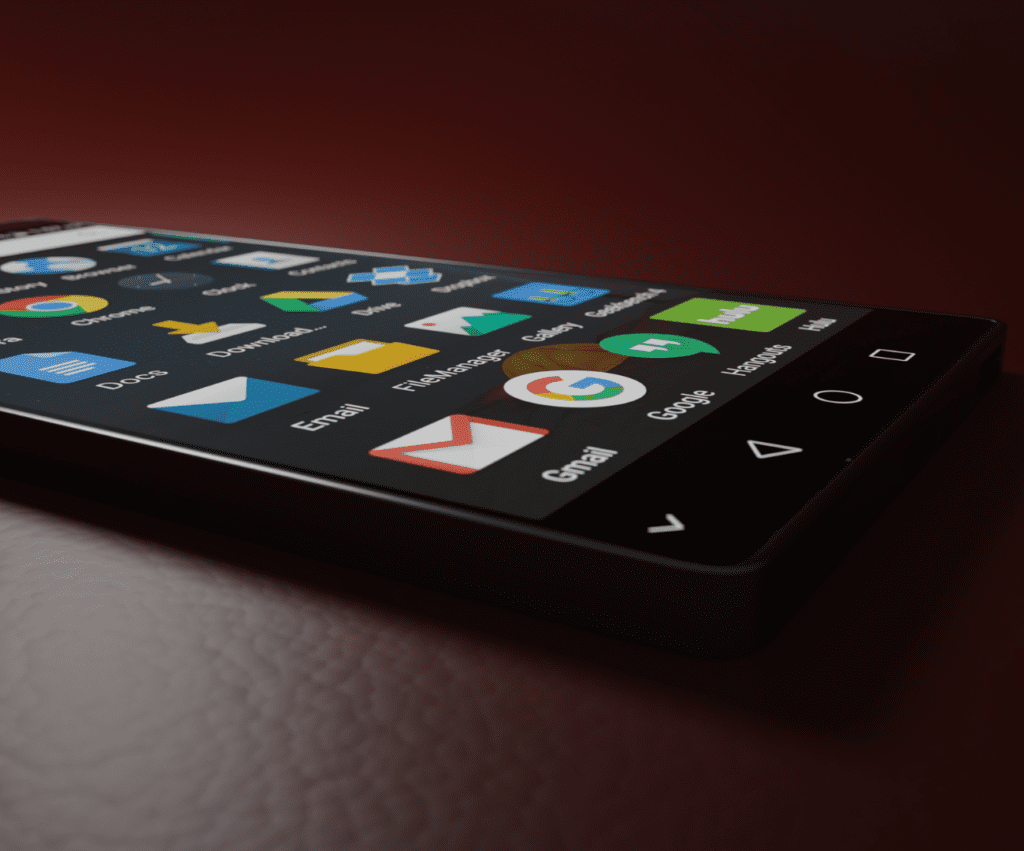Direct manipulation is a user interface (UI) interaction paradigm that allows users to interact with digital objects or graphical elements directly, using physical gestures or actions.
It aims to provide a more intuitive and immediate way for users to manipulate and control objects on a screen or in a virtual environment, simulating the sense of direct physical interaction.
Through this process, users can perform actions such as dragging, tapping, pinching, rotating, and swiping to manipulate objects or interface elements directly on a touch-enabled device, such as a smartphone, tablet, or touchscreen computer.
The system responds immediately to the user’s actions, providing visual feedback and real-time updates.
Having said that, here are some key aspects of direct manipulation user interface and use cases:
Manipulating Objects:
Direct manipulation enables users to interact with objects or elements by directly manipulating them on the screen.
For example, in a photo editing app, users can directly drag and resize images, rotate them, or apply filters by tapping on the screen.
Immediate Feedback:
Direct manipulation provides immediate visual feedback to users. For instance, when resizing an object, users can see it changing size in real-time as they drag their fingers.
This real-time feedback enhances the sense of control and helps users understand the impact of their actions.
Touchscreen Interfaces:
Touchscreens are a common platform for direct manipulation, allowing users to interact directly with graphical elements by touching the screen.
This interaction model has become widespread in smartphones, tablets, and other touch-enabled devices.
Gesture-Based Interactions:
Direct manipulation often involves gesture-based interactions, where users perform specific gestures or actions to trigger actions or manipulate objects.
Common gestures include swipe, pinch-to-zoom, tap, and long-press.
User-Friendly Interfaces:
Direct manipulation interfaces are often designed to be user-friendly and intuitive, reducing the learning curve for users.
The direct and physical nature of the interaction makes it more accessible to a wide range of users.
Direct Manipulation User Design Use Cases:
Direct manipulation user design is widely used in various applications and domains.
Some examples include photo editing apps, drawing and sketching tools, map navigation and zooming, gaming interactions, virtual reality environments, and interactive data visualization.
Direct Manipulation Example In Software Development

One of the best examples of direct manipulation in software development is the graphical user interface (GUI) development tool called WYSIWYG (What You See Is What You Get) editor.
WYSIWYG editors allow developers to design user interfaces by directly manipulating graphical elements visually, with real-time feedback.
A popular direct manipulation example is of WordPress, using the What You See Is What You Get style, where users can see live changes as they are made.
In addition to that, there are tons of other direct manipulation example (s) for you to get inspiration and ideas from. Take a look below:
Visual Design:
WYSIWYG editors provide a visual interface where developers can directly manipulate UI elements, such as buttons, text fields, menus, and images, by dragging and dropping them onto the canvas. This direct manipulation allows developers to see the immediate visual representation of their design choices.
Real-Time Feedback:
As developers manipulate UI elements in the WYSIWYG editor, they can see the changes in real-time. This immediate feedback enables developers to iterate quickly and make adjustments visually, without the need for manual coding or compiling.
Simplified Workflow:
WYSIWYG editors simplify the development workflow by abstracting the underlying code. Developers can focus on the visual aspect of UI design and interaction without being concerned about the code implementation. This accelerates the development process and reduces the learning curve for developers.
Intuitive Interaction:

The direct manipulation nature of WYSIWYG editors makes them intuitive to use. Developers can easily position, resize, and configure UI elements by simply dragging, dropping, and adjusting properties. This reduces the cognitive load and allows developers to work more efficiently.
Collaboration and Communication:
WYSIWYG editors facilitate collaboration between designers and developers. Designers can create UI mockups or prototypes using the editor, and developers can then work directly with those visual designs, ensuring alignment and reducing potential misinterpretations.
Cross-Platform Support:
Many WYSIWYG editors support cross-platform development, allowing developers to design UIs that can be deployed on various platforms, such as web, desktop, and mobile. The direct manipulation approach provides a consistent and familiar interface regardless of the target platform.
Conclusion:

Over the last few years, this manipulation technique has gained popularity due to its intuitiveness, immediate feedback, and natural interaction style.
User can reportedly manipulate digital objects in a manner similar to how they would interact with physical objects in the real world, enhancing user engagement and satisfaction.


